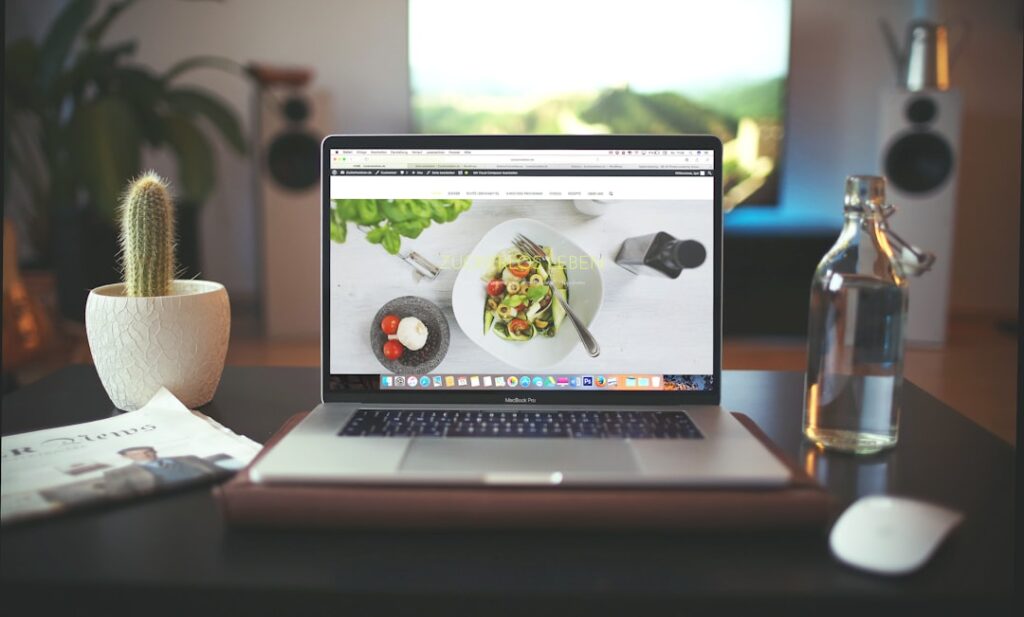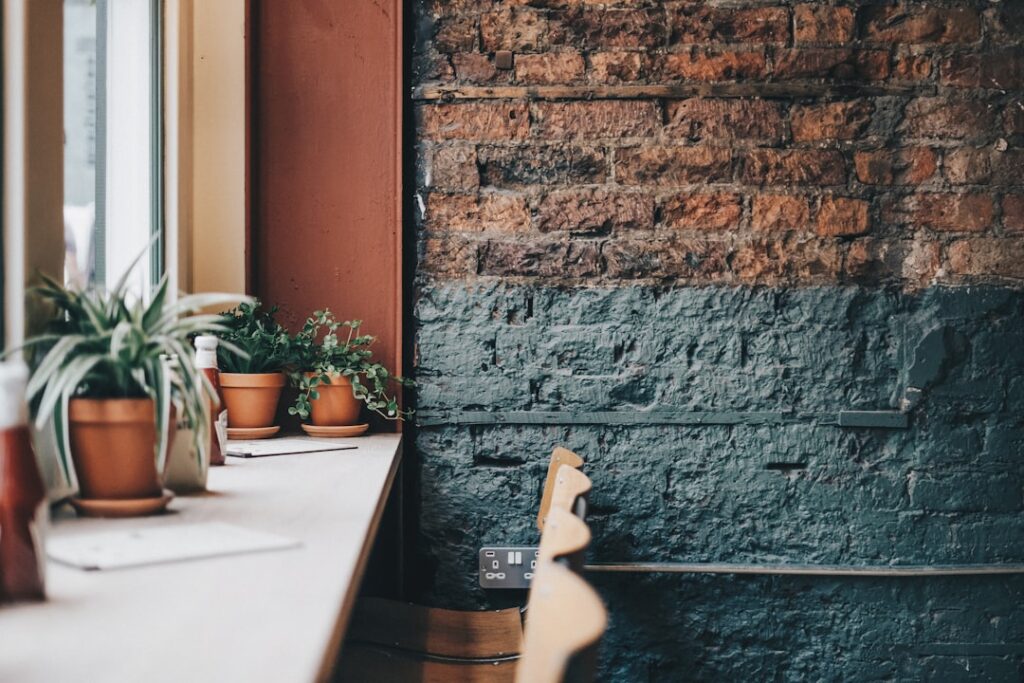In the modern workplace, the significance of stylish office furniture cannot be overstated. The aesthetic appeal of an office environment plays a crucial role in shaping the overall atmosphere and culture of a business. When employees are surrounded by well-designed, visually appealing furniture, it can enhance their mood, boost creativity, and increase productivity.
A stylish office not only reflects the brand’s identity but also communicates professionalism to clients and visitors. For instance, a sleek, contemporary desk can convey innovation and forward-thinking, while classic wooden furniture may evoke a sense of tradition and reliability. Moreover, stylish office furniture contributes to employee satisfaction and retention.
A thoughtfully designed workspace can make employees feel valued and appreciated, which in turn fosters loyalty and reduces turnover rates. Companies that invest in high-quality, aesthetically pleasing furniture often find that their employees are more engaged and motivated. This investment in style is not merely superficial; it has tangible effects on the work environment, influencing everything from collaboration to individual performance.
In essence, stylish office furniture serves as a foundation for a productive workplace, where employees can thrive both personally and professionally.
Key Takeaways
- Stylish office furniture can enhance the overall look and feel of a workspace, creating a professional and inviting environment for employees and clients.
- When choosing office furniture, consider the functionality, comfort, and aesthetic appeal to ensure a productive and stylish workspace.
- Incorporating functionality and style in office furniture can be achieved through ergonomic designs, versatile storage solutions, and modern finishes.
- To create a productive and stylish workspace, consider factors such as natural lighting, organization, and incorporating personal touches through decor and accessories.
- The latest trends in office furniture design include minimalist and modular pieces, sustainable materials, and technology-integrated furniture for a modern and efficient workspace.
Choosing the Right Office Furniture for Your Workspace
Understanding the Needs of the Organization
Understanding the nature of the work being performed is essential; different tasks may necessitate different types of furniture. Ergonomic chairs, for instance, are vital for roles that involve long hours of sitting, as they promote comfort and reduce the risk of musculoskeletal issues. Another important factor to consider is the available space.
Optimizing Office Space
The dimensions of the office will dictate the size and arrangement of furniture pieces. A cramped workspace can lead to feelings of stress and hinder productivity, while an overly spacious area may feel empty and uninviting. It is crucial to strike a balance between functionality and aesthetics.
Design and Layout Considerations
Utilizing design software or consulting with an interior designer can help visualize how different pieces will fit into the space. Additionally, considering the flow of movement within the office is essential; ensuring that pathways are clear and that employees can easily access shared resources will enhance overall efficiency.
Incorporating Functionality and Style in Your Office Furniture

The intersection of functionality and style is where truly effective office furniture design lies. While aesthetics are important, the primary purpose of office furniture is to support work processes and enhance productivity. For instance, desks with built-in storage solutions not only keep the workspace organized but also contribute to a clean and stylish appearance.
Similarly, multi-functional furniture, such as conference tables that can be easily reconfigured for different purposes, allows for versatility without sacrificing design. Incorporating technology into office furniture is another way to blend functionality with style. Desks equipped with integrated power outlets and USB ports facilitate seamless connectivity for devices, while stylish cable management systems can keep cords hidden from view, maintaining a clean look.
Additionally, choosing materials that are both durable and visually appealing—such as high-quality wood or metal finishes—can elevate the overall design while ensuring longevity. Ultimately, the goal is to create an environment where employees can work efficiently without compromising on style.
Tips for Creating a Productive and Stylish Workspace
Creating a productive and stylish workspace involves careful planning and consideration of various elements. One effective strategy is to establish designated areas for different activities within the office. For example, creating quiet zones for focused work alongside collaborative spaces encourages both concentration and teamwork.
This zoning can be achieved through the strategic placement of furniture, such as using partitions or bookshelves to delineate areas without completely isolating them. Lighting also plays a pivotal role in enhancing both productivity and style. Natural light is known to improve mood and energy levels; therefore, positioning desks near windows can be beneficial.
However, it’s equally important to incorporate adjustable artificial lighting options to accommodate different tasks throughout the day. Stylish light fixtures can serve as focal points in the design while providing necessary illumination. Additionally, incorporating greenery through plants or living walls can enhance air quality and add a touch of nature to the workspace, further contributing to a positive atmosphere.
The Latest Trends in Office Furniture Design
The landscape of office furniture design is continually evolving, influenced by changing work habits and technological advancements. One prominent trend is the rise of flexible workspaces that cater to remote and hybrid work models. Furniture that can be easily reconfigured—such as movable desks or modular seating—allows companies to adapt their environments to meet varying needs.
This flexibility not only supports collaboration but also accommodates individual preferences for work styles. Sustainability has also become a significant focus in office furniture design. Many manufacturers are now prioritizing eco-friendly materials and production processes, responding to growing consumer demand for environmentally responsible products.
Furniture made from recycled materials or sustainably sourced wood not only reduces environmental impact but also appeals to businesses looking to enhance their corporate social responsibility image. Additionally, biophilic design—incorporating natural elements into the workspace—has gained traction as a way to improve employee well-being and productivity.
Budget-Friendly Options for Upgrading Your Workspace

Exploring Affordable Options
Thrift stores or online marketplaces can also yield unique finds that add character to an office space. Another cost-effective strategy is to focus on key areas rather than overhauling the entire office at once. For instance, investing in ergonomic chairs or adjustable desks can significantly improve employee comfort without requiring a complete redesign.
Targeted Upgrades for Maximum Impact
Additionally, incorporating accessories such as stylish desk organizers or decorative elements can refresh the workspace’s appearance without substantial financial investment. By prioritizing essential upgrades and making thoughtful choices, businesses can create an inviting environment that reflects their brand without exceeding their budget.
Creating a Welcoming Workspace
By adopting a thoughtful and targeted approach to office furniture upgrades, businesses can achieve a balance between style, functionality, and affordability, ultimately creating a workspace that supports employee well-being and productivity.
Investing in Employee Comfort
How to Personalize Your Workspace with Stylish Office Furniture
Personalization is an essential aspect of creating a workspace that feels comfortable and inspiring. Employees should be encouraged to express their individuality through their office furniture choices and decor. Allowing team members to select their desk accessories or choose from a range of color options for their chairs can foster a sense of ownership over their workspace.
This personal touch not only enhances employee satisfaction but also contributes to a more vibrant office atmosphere. Incorporating personal items such as photographs, artwork, or plants can further enhance the sense of personalization in an office setting. These elements not only reflect individual personalities but also create a more inviting environment that promotes creativity and well-being.
Additionally, companies can consider implementing communal spaces where employees can showcase their interests or hobbies through shared decor or collaborative art projects. This approach not only personalizes individual workspaces but also strengthens team bonds by celebrating diversity within the workplace.
Maintaining a Stylish and Organized Workspace
Maintaining a stylish and organized workspace requires ongoing effort and commitment from both employees and management. Regular decluttering is essential; encouraging employees to keep their desks tidy not only enhances aesthetics but also promotes efficiency by reducing distractions. Implementing organizational systems—such as filing cabinets or drawer dividers—can help keep essential documents easily accessible while minimizing visual clutter.
Furthermore, establishing a culture of cleanliness within the workplace can significantly impact overall organization. Regular cleaning schedules or designated cleaning days can ensure that shared spaces remain tidy and inviting for everyone. Additionally, providing employees with tools such as stylish storage solutions or desk organizers can empower them to take ownership of their workspaces while maintaining a cohesive design aesthetic throughout the office.
By prioritizing organization alongside style, businesses can create an environment that supports productivity and reflects their brand identity effectively.
If you are looking to create a productive office workstation in Dubai, you may want to consider incorporating ergonomic office furniture. Ergonomic workstations are designed to promote comfort and efficiency, ultimately leading to increased productivity. To learn more about creating ergonomic workstations, check out this article on officeinterior.ae.
FAQs
What types of office furniture can I find in a store?
You can find a variety of office furniture in a store, including desks, chairs, filing cabinets, bookcases, conference tables, reception desks, and storage units.
What materials are office furniture typically made of?
Office furniture can be made of various materials, including wood, metal, glass, plastic, and laminate. The choice of material often depends on the style, durability, and budget.
What are some popular styles of office furniture?
Popular styles of office furniture include modern, contemporary, traditional, industrial, and minimalist. Each style offers different aesthetics and functionality to suit various office environments.
What factors should I consider when choosing office furniture?
When choosing office furniture, consider factors such as the size of the space, the functionality of the furniture, the comfort of the users, the overall design aesthetic, and the budget.
Can I customize office furniture to fit my specific needs?
Many stores offer customization options for office furniture, allowing you to choose specific dimensions, materials, finishes, and features to meet your unique requirements.
What are some important considerations when shopping for office furniture?
Important considerations when shopping for office furniture include measuring the space, considering ergonomic features for comfort, assessing storage needs, and ensuring the furniture complements the overall design of the office.


